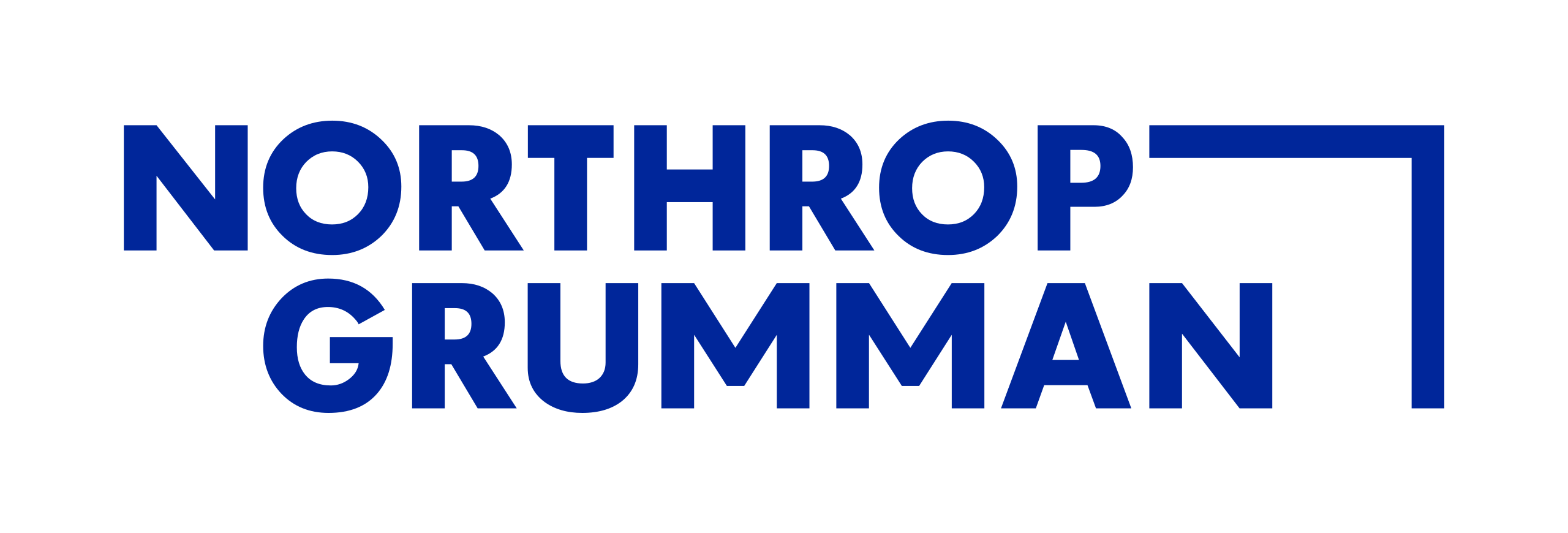Digital Signage Drives the Employee and Visitor Experience at Daimler Trucks North America’s Headquarters
Enhancing the employee & visitor experience.
↓
About the organization
Daimler Truck North America (DTNA) is one of the world's largest commercial vehicle manufacturers, with over 40 production sites around the globe.
Location
North America
Industry
Transportation
Nº of Employees
100000 +
Daimler Trucks North America (DTNA) was built on a challenge as relevant today as it was when the company was founded more than 70 years ago: build a better vehicle.
Introduction
Today, DTNA is one of the largest commercial vehicle manufacturers in the world and the company’s legacy of innovative technological progress is quickly extending beyond the automotive industry. Its new 268,000 square foot headquarters in Portland, Oregon is a testament to DTNA’s spirit of innovation. After multiple consultations and focus groups dedicated to workplace optimization as well as tours of new office buildings, DTNA began designing a building that was optimized for employees and visitors alike. After deciding that a digital signage solution was necessary to deliver information in intuitive ways, DTNA selected (Poppulo) as its digital signage company.
The Challenge:
Daimler wanted to ensure that its new headquarters represented the company’s commitment to the community as well as its employees, but the building also needed to serve as a means of attracting top talent.
In short, every aspect of the finished project had to be impressive in every way. DTNA required a single Visual Communications platform capable of delivering two unique experiences: one for visitors and the other for employees. Daimler wanted to make a statement as soon as people entered the building, a big job considering the lobby was designed to also showcase large commercial vehicles. Additionally, the building was designed to compete with desirable tech firms in the area, so giving employees access to information that improved how they worked in and navigated through the large building was paramount to the company’s goal of attracting and retaining the most qualified employees.
The Solution:
Powered by the Poppulo platform, DTNA’s headquarters features employee and visitor-facing Visual Communications applications that optimize both experiences.
In the lobby, visitors are greeted with a 59-screen video wall that spans 110 feet and wraps around the corner, ending at a large conference room. This unique video wall showcases a timeline of product innovations, company history, branding information and more. Daimler can also easily customize the messaging based on which visitors and business groups are onsite. Adjacent to the elevators, visitors are met with a large, seamless video wall that acts as a window into the world, displaying an aggregated mix of social media, video and branding content from all of the company’s brands.
On each of the upper floors, employees have access to interactive kiosks that provide wayfinding to offices, conference rooms and more. They also rotate through daily employee communications, display the cafeteria menu and provide access to local weather and traffic conditions. The cafeteria also features a large screen that displays easily updatable menu options. When the cafeteria is closed, the screen dynamically shifts to show corporate branding and traffic information.
The Results
The new headquarters and its network of intuitive, integrated Visual Communications technology sets the groundwork for the future of DTNA’s employee and visitor engagement efforts.
From the screens in the lobby through the interactive employee kiosks throughout the building, DTNA’s Visual Communications network is helping the company realize the initial goals of the project. Daimler Trucks North America is pleased with the flexibility, scalability and usability of Poppulo’s platform and is currently scoping Visual Communications into other upcoming building projects on its Portland campus. Additionally, other subsidiaries of the Daimler Group are using the DTNA headquarters’ Visual Communications implementation as an example to follow for new and retrofitted buildings.













